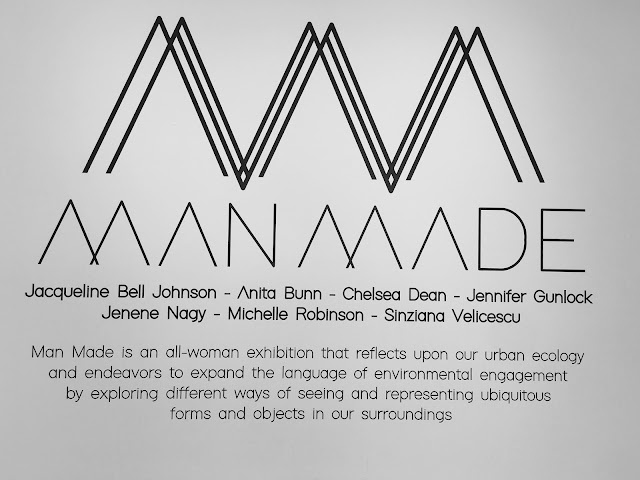Medicine, Technology and Art

Maybe regularly seeing Stephen Hawkins in his wheelchair when we lived in Cambridge as a young child got me used to the idea of machines supporting humans to be more effective. Since then I have become a gymnast and it is this that has brought me into continuous touch with medical technology, in particular scanning machines of all kinds – x-rays, CT scans, MRIs – as doctors have checked for injuries of all kinds. I love the impossibility of what I do as a gymnast; when I was a child I called it ‘flying through the air’. I have to be curious about what is happening beneath my skin. To do the impossible I must train my body to achieve the strength, precision and reliability of a machine, but I do so to produce a performance that is beautiful and seemingly without effort. I am sure that it is this daily familiarity with the mechanics of my body that is the ground of my ambition to be an orth...

